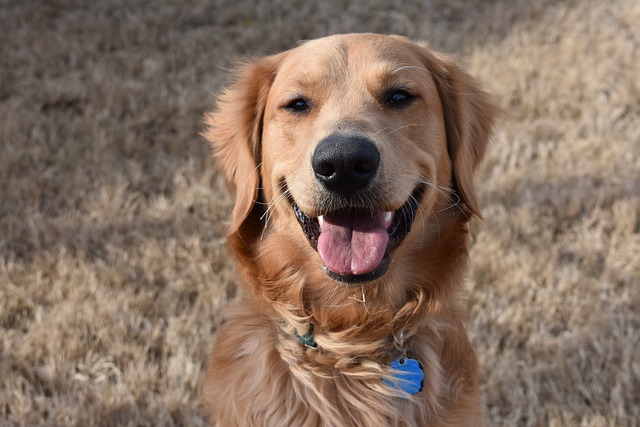
How to properly train a golden retriever?
Bringing a golden retriever home feels like unwrapping a bundle of sunshine—until that adorable fluffball starts chewing your favorite sneakers.
Dogs are naturally enthusiastic creatures, and jumping is one of the ways they express their excitement. Whether it's greeting their favorite human or trying to reach something higher, jumping is rooted in a dog’s instinctual behavior. However, uncontrolled jumping can quickly become problematic, leading to unwanted situations like knocking over children or startling guests. Instead of suppressing this behavior, the key lies in channeling it in a constructive way. Controlled dog jumping training allows you to redirect their energy while fostering better communication and bond between you and your furry friend.
Interestingly, the best approach to teach a dog to jump up is not to discourage the behavior entirely but to embrace it—on your terms. By working with their natural instincts rather than against them, you create a training experience that feels intuitive to your dog. The psychology behind this method is simple: dogs respond well to positive reinforcement and consistency. When jumping is framed as a skill rather than a nuisance, your dog will quickly learn to associate jumping with commands and rewards, rather than chaos and confusion.
So, how do you train your dog to jump up in a controlled and purposeful way? Let’s break it down into a step-by-step process:
Begin by setting the stage for success. Choose a quiet environment free from distractions, and ensure your dog is in good physical health, as jumping requires strength and coordination. Start with a simple command, such as “Jump” or “Up,” paired with a hand gesture or pointing motion toward a target like a raised platform or your outstretched arms. Encourage your dog to jump by using a treat or toy as bait, holding it at a height that matches their ability. As soon as they make the leap, reward them immediately with praise and the treat. This instant reinforcement teaches them that jumping on command leads to positive outcomes.
Repetition is key here. Practice the jump in short, focused sessions, gradually increasing the difficulty by raising the height of the jump or introducing different targets. If your dog hesitates or seems unsure, don’t rush them; instead, break the exercise into smaller steps. For example, you can start by rewarding them for placing their front paws on the target before progressing to a full jump. Troubleshooting is also an essential part of the process. If your dog begins jumping in situations outside of training, redirect their energy by reinforcing the command only when you initiate it.
Controlled jumping training doesn’t stop at structured sessions—it’s something you should weave into your dog’s daily life. Every interaction becomes an opportunity to reinforce their progress. For instance, when greeting guests, instruct your dog to sit first and then jump up only if invited. Similarly, during playtime, use the jump command strategically, turning it into a fun and rewarding activity. By maintaining consistent expectations and boundaries, you prevent unwanted dog jumping while encouraging positive behavior.
The benefits of positive reinforcement dog jumping go beyond mere obedience. When your dog understands how to jump on command, you gain control over a behavior that might otherwise be chaotic. This improves safety, particularly in situations where uncontrolled jumping could pose risks. Moreover, training your dog to jump up strengthens the bond you share. The process fosters trust, communication, and mutual respect, helping your dog feel more connected to you and their environment.
Ultimately, training your dog to jump up is about finding harmony between their instincts and your expectations. It’s a collaborative effort that rewards both of you with a more balanced and enjoyable relationship. So, embrace the leap—and watch your dog rise to the occasion!

Bringing a golden retriever home feels like unwrapping a bundle of sunshine—until that adorable fluffball starts chewing your favorite sneakers.

Picture this: You’ve just brought home your 8-week-old golden retriever, and within hours, your favorite shoes are chewed, there’s a puddle by the sofa
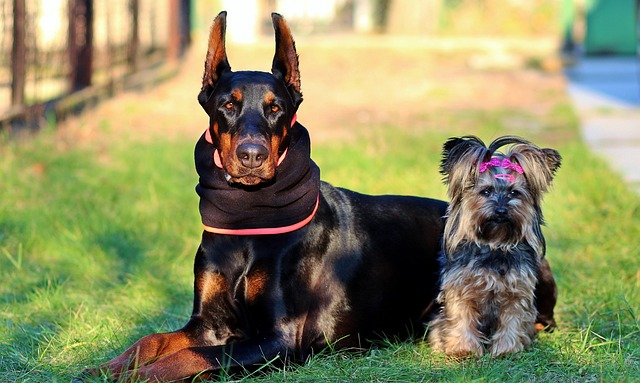
You’re at the park when your terrier spots a squirrel. Instead of lunging, he glances at you—victory! You reach for a treat, but that generic biscuit earns a bored sniff.
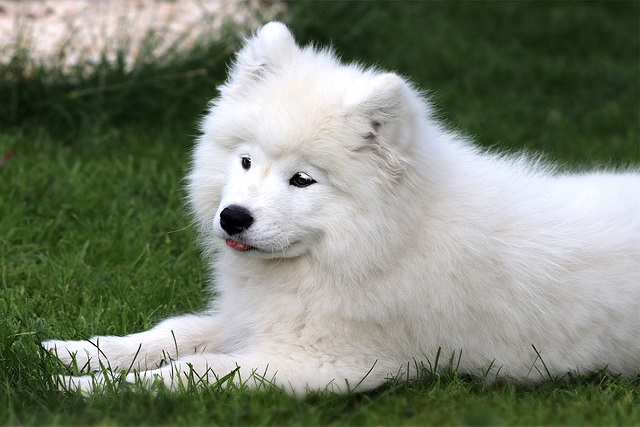
Picture coming home to find your new terrier puppy has shredded your favorite sneakers—again. Your first instinct might be to yell, but hold that thought.
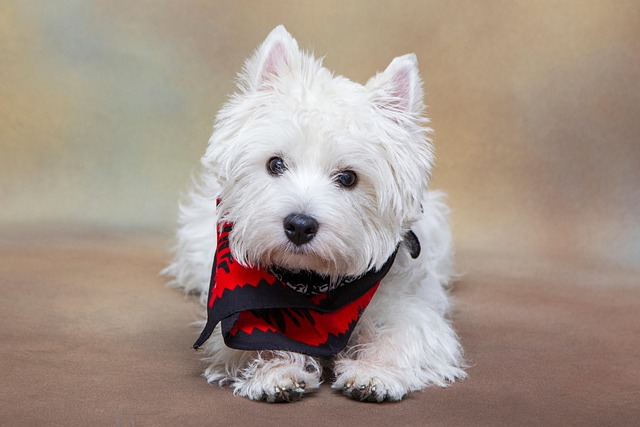
Bringing a new puppy home feels like unwrapping a ball of fur filled with endless energy and curiosity. Amidst the excitement, there’s one concept every pet parent should know: the 10 minute rule.
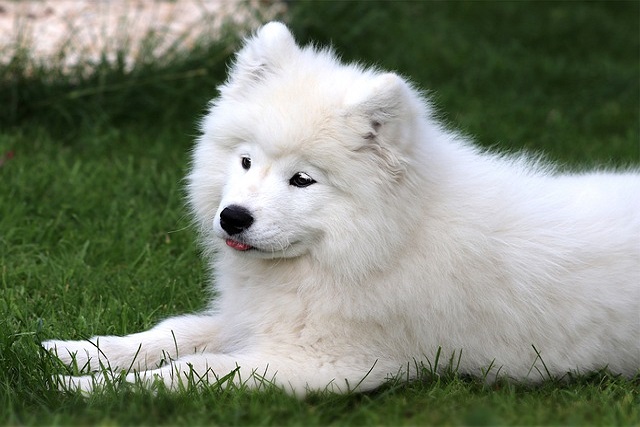
There’s nothing quite like the heart-melting joy of bringing home a wiggly new puppy—until you step in a warm puddle by the sofa.